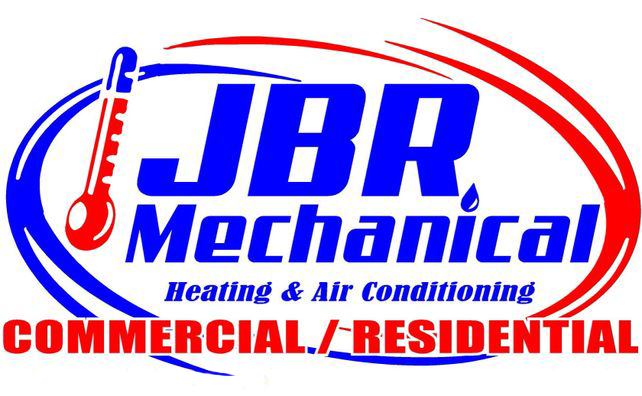
When searching for a heating and cooling system for your residence, it’s crucial to choose one that balances efficiency, performance and finances. That’s why many families explore the possibility of mini-splits for climate control in their home.
Mini-splits—often called ductless mini-splits—offer many advantages that make them an attractive solution for both homes and businesses. They're highly energy efficient, decreasing energy consumption and saving on utility costs, because they eliminate the energy losses that can come with the ductwork found in traditional HVAC systems. They also permit users to tailor the temperature in each room, boosting overall comfort while conserving energy.
If you’re considering mini-split installation in Bedford, it’s worthwhile to first find out if these devices are the best fit for your living situation. Here, we’ll examine how mini-splits stack up against other heating and cooling systems.
What a Mini-Split Is and How It Works
A mini-split, or ductless mini-split, is a heating and cooling mechanism that does not use ductwork. It's a popular choice in homes that don't have existing air ducts and for homes with rooms that aren’t served well by the residence's existing HVAC system.
A mini-split system has two major components: an outdoor compressor/condenser and an indoor air-handling component. These are connected by a conduit housing the power cable, refrigerant tubing, suction tubing and a condensate drain.
Here's how it works: the outdoor compressor circulates the refrigerant necessary for heat exchange within the coils and the air handler. The in-house unit brings in air from the room, cools or heats it over the coils and forces the conditioned air back into the room.
Mini-Split vs. Central Air
Mini-splits offer targeted cooling in specific rooms or zones of your household. They are excellent for energy efficiency because they only provide hot or cold air for the areas you choose. However, they may not blend seamlessly into every decor due to their wall-mounted indoor units.
On the other hand, a central air system uniformly chills your entire home, generating consistent comfort levels throughout. Its ductwork is hidden away, preserving the appearance of your home. On the other hand, it will likely not be as energy efficient as a mini-split, especially in larger homes or residences where certain spots may not need continuous conditioning.
Mini-Split vs. Window AC/Window Unit
Mini-splits are often more energy efficient and less noisy than a window air conditioning unit and are capable of cooling multiple rooms. This is why mini-splits are a versatile alternative for countless homeowners. They also operate using a type of refrigerant that is more environment-friendly, limiting their environmental impact. These devices can even add value to your home due to their durable nature and superior cooling capabilities. However, they come with a higher purchase price.
On the contrary, window AC units are less expensive to purchase. They may be a good fit for homes that cannot accommodate a central AC system or for people with budget constraints. Despite these advantages, window units can consume up to 40% more energy than ductless mini-split systems and often are louder.
Mini-Split vs. Portable AC
The answer to what is better, a ductless mini-split or a portable air conditioning unit, depends on your priorities. If your main focus is energy efficiency and ability to quickly cool a room, a mini-split is much more effective than a portable AC unit. However, if budget is a key concern, a portable AC costs less.
Mini-Split vs. Gas Furnace
Deciding between a mini-split system and a gas furnace depends on a variety of factors which can include the climate in your city, home size, energy efficiency needs and budget.
A mini-split system usually is more energy efficient than a gas furnace. It can heat and cool defined areas in your home, providing custom climate control in individual rooms. Mini-splits also are normally quieter and have a larger up-front cost, but their operating costs are usually lower due to their better energy efficiency.
Alternatively, a gas furnace can be a very effective heating source, particularly in colder climates where mini-split heat pumps may struggle to maintain comfort levels in the bitter cold. Even though they are less energy efficient than mini-splits, gas furnaces likely have lower initial costs. Having said that, their operating costs can be greater, especially if natural gas prices jump up.
Mini-Split vs. Heat Pump
Mini-splits and heat pumps operate using the principle of heat transfer. They are both energy efficient, but a heat pump's duct system can be less efficient. This difference aside, the choice between a mini-split and a heat pump often depends on individual needs and circumstances.
By way of example, if you reside in a warmer climate and mainly need cooling, a mini-split system might be a more effective choice. But then again, if you need both heating and cooling and already have ductwork in your home, a heat pump may be a more efficient option.
Mini-Split vs. Space Heater
With regards to heating and cooling a household, mini-splits and space heaters each have strengths and weaknesses. However, for all around efficiency, versatility, comfort and safety, mini-splits stand out. Mini-splits have superior energy efficiency simply because they deliver conditioned air directly to different zones and can serve several rooms at once.
Space heaters are a great deal less expensive to buy but are typically used only for heating a small area or a single room. They also are usually less energy efficient. In contrast to mini-splits, space heaters do not provide cooling. The biggest drawback for space heaters is the risk of fire. Authorities say some 1,700 fires per year involve space heaters.
